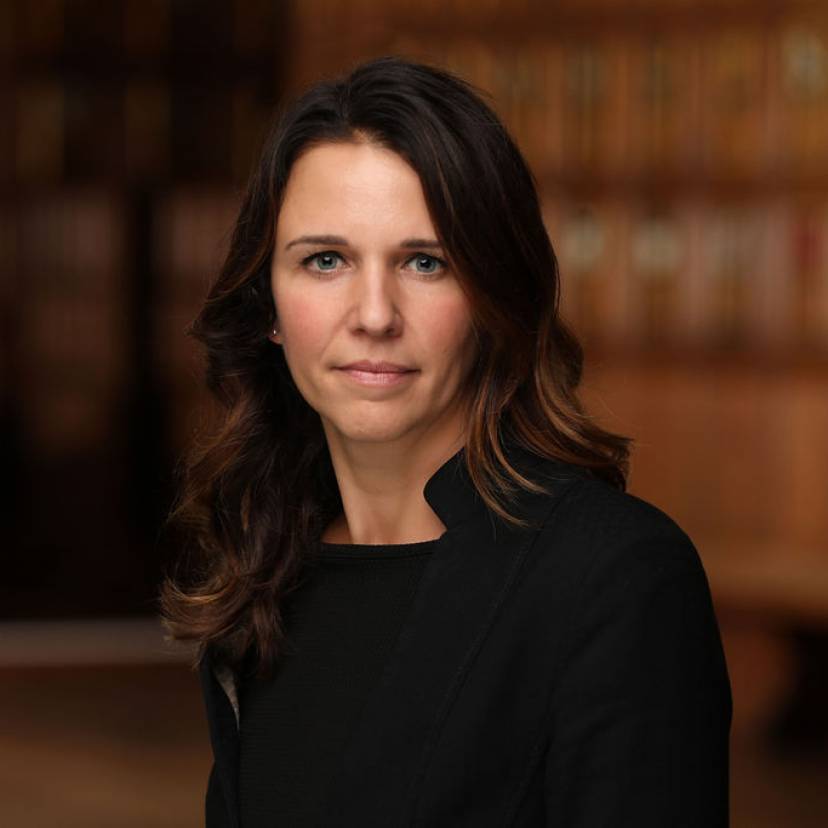Making the Case for Women.
23 November 2022
Clea and Carolina.
It is an old adage of the Criminal Bar, that whenever you walk into a courtroom and it is populated by female juniors and/or silks, that the case must concern an allegation of a sexual nature. It has often been the case, that female counsel are historically instructed on cases involving allegations of sexual offending as their approach is considered “softer” or more “empathetic” to both vulnerable defendants and witnesses.
As co-authors of this article, we are far from the exception. We have both experienced the call from someone in our respective clerks’ rooms or instructing solicitors requesting our assistance with a sex case as “the client thinks it looks better to have female counsel”.
We also have individual experience of being one of the few (if not only) female counsel in a case. We have walked into packed courtrooms to start multi-handed allegations of serious violence or fraud, only to be met with the dawning reality that we are the only one of a different gender. We consider this can only add to the misconception that a gendered approach to instruction on certain cases is appropriate- sex for the girls and everything else for the boys.
It is still a rare beast to see a case entirely made up of female juniors and silks. For the first time in our joint experience, we found ourselves independently instructed in a case at the Central Criminal Court where all the leading advocates were female. At one stage it was almost an entirely female case, when initially the prosecution were represented by leading and junior female counsel. Alexandra Healey KC led Alisdair Smith for the Crown. Gudrun Young KC led Rebecca Erkan-Bax for the first defendant. Laurie-Anne Power KC led Alex Di-Francesco for the 2nd defendant. Clea Topolski for the third defendant, appeared as sole counsel and Carolina Guiloff also appeared alone for the fourth and final defendant.
The temperature in the room was changed. So rare is it to see an all-female cast (particularly in a case involving gangland shootings), that we whispered conspiratorially to each other about this brave new world we found ourselves in. Gone were the days of feeling outnumbered or solitary in a case dominated by male advocates.
But when the all-female leading cast became clear, and one of our number suggested writing about it, some of us were unsure. Was there a need for such an article in 2022? Surely the fact that we were all in the case proved that “we had arrived”- that this was not newsworthy?
Dr Ivy Williams.
It’s true that we have come a long way since 1922 when Dr Ivy Williams was the first woman to be called to the Bar [graduating with a first, no less.] Up until the Sex Discrimination [Removal] Act 1919 women were prevented from entering into practice as a barrister or solicitor. The same piece of legislation allowed women for the first time to sit on juries although women were only added to the selection pool in 1922.
Dr Williams never practised at the Bar, clearly intending to open the door for others, while herself going onto to take up the honour of being the first woman to teach law at Oxford. When she was called she spoke publicly ‘of the women who would follow and practise at the Bar, and she asked that every help and encouragement should be given to them in the difficulties they would face.’
These were prescient words of advice from Dr Williams because the Editor of the Law Journal at the time whilst acknowledging the historical significance of the entry of women into the profession also observed that it “was never likely to be justified by any success they will achieve in the field of advocacy.”
In the face of such scepticism her contemporaries from the 1922 cohort, Helena Normanton QC and Sybil Campbell (the first woman full-time judge), flourished.
The Modern Day.
All that prejudice was 100 years ago. Nowadays, many of our mentors are male, and we benefit from the support of progressive clerks and solicitors. Given the bustling nature of the female robing room at the Central Criminal Court and the visible presence of women in robing rooms around the country, now that the fees dispute is over, we asked ourselves was there a need to keep banging on the drum about the cause of the women at the Bar?
In short, yes. The facts speak for themselves:
- The Bar council has just published a report which shows that at the Criminal Bar there is still a 35 % gap between men and women’s earnings.
- As for the judiciary, the picture for women, who make up 35.34% of judges, compared with 24.48% in 2014, is improved but it is still expected to be another decade before they account for half of the judiciary, reflecting their prevalence in society.
- Only one of the 12 present supreme court justices is a woman.
- More women were appointed in the latest round of newly appointed Kings Counsel, however women still only make up just over 17% of silks overall.
The dismal prejudice exhibited by the Editor of the Law Journal in 1922 seems risible and distant. Yet it is difficult to reconcile such shocking disparity in earnings and judicial composition, unless some prejudice still persists in the legal profession.
Why?
The reasons for the predicament we face are multi-faceted and complex.
“Choices” involving bringing up children, working practices at the Bar which can be incompatible with being a parent and differences in levels of confidence and of inclination to self-promote also have their role to play.
There have been fantastic initiatives which really have to be understood fully in the historical and current context for their full value to be appreciated.
Women in Criminal Law (WICL) seeks to resolve some of these obstacles, by putting women in touch with other women for mentoring purposes. Whilst we, like others have been massively helped along the way by male colleagues, a female mentor will inevitably have a uniquely female perspective. Crucially she will understand that while our male counterparts may need either no nudge or a little nudge to either accept their first leading brief or take the next step on the career ladder, female colleagues could do with a reminder to “back themselves”.
Wellness is another initiative. No woman we know only works 9am -5pm or feels that it is her entitlement to do so. However, if we are to have a diverse Bar and Judiciary which reflects societal make up, then that means keeping women at the Bar which in turn means not expecting emails to be returned over the weekend or skeleton arguments to be prepared at the drop of a hat. The work will get done and the email will be responded to, but not necessarily on a Saturday when the children who have not seen their parent all week are finally being parented by the parent.
Whilst of course we acknowledge in this modern world, that men take a more active role in a domestic setting, there is still an undeniable emphasis on women assuming a front and centre position at home. Until we are truly equal in our personal lives, the criminal justice system must acknowledge that the balance between work and home life is a fine one that requires understanding and flexibility all round.
However, there is cause for optimism. We are slowly heading towards equality in the criminal justice system.
The Recorder of London HHJ Lucraft KC recently confirmed that, for the first time since the Old Bailey opened its esteemed doors in the 18th century, there was parity between male and female judges.
Still progress to be made.
We have benefitted from a woman presiding over the Supreme Court – Baroness Hale was appointed as President in 2017 and retired in 2020. Despite her stellar progress she was not complacent about the lot of women barristers. She too was dismayed at the earnings disparity and the fact that female advocates were not being given the opportunity to argue the biggest and most significant cases. As the most recently published reports prove, Baroness Hale was on point when she said “there’s still a lot more progress to be made.”
In resolving to write this article, it was in fact the response from others that incited us to finally put pen to paper. Our case lasted three months, and as the trial pressed on the fact that we were in the firm majority, became more comfortable.
Within the first few weeks, familiar faces in the Bar mess would stop at our table and marvel at the unique nature of the personnel in our trial. All well-intentioned and meant as praise, the repeated plaudits for simply being all-female wore thin. Why, in this modern age, should it be still a surprise to see so many of us in one room?
There is further work to be done in achieving true equality at the criminal Bar and the Bench. Like many of our female colleagues, we are committed to playing our part in seeing that such changes are affected, and a pathway is drawn for the generations behind us. Complacency is not an option, and as with most change it requires the input and support of us all. As we roll up our sleeves and launch ourselves into the next case, we look forward to the day when a multi-handed trial at the Old Bailey with only female counsel either leading or being the sole representative of the defendant, is nothing to write home about.
This article was co-authored by Crucible's Clea Topolski, and Carolina Guiloff of 25 Bedford Row.

